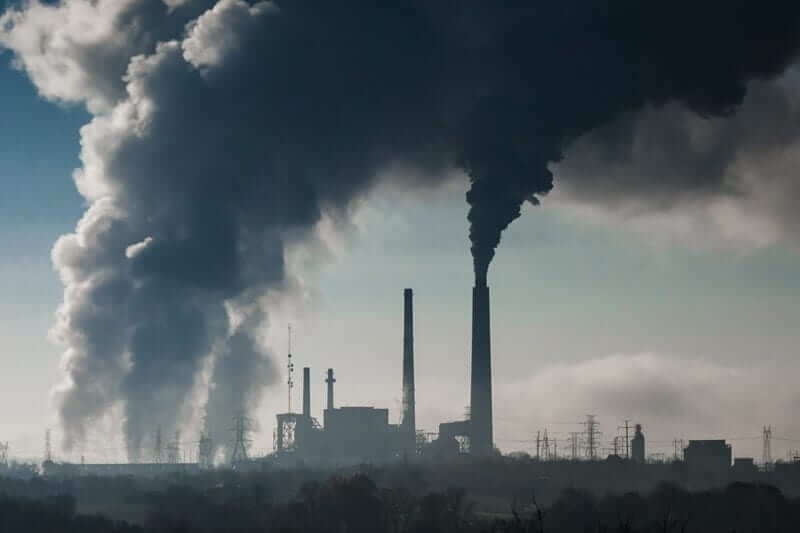Understanding the Massachusetts Clean Peak Energy Standard
NOTE: THIS ARTICLE WAS UPDATED ON 9/8/2020 TO REFLECT CHANGES IN THE MASSACHUSETTS CLEAN PEAK ENERGY STANDARD REGULATIONS.
Massachusetts has successfully utilized legislative policies to bolster its solar industry. Tax exemptions, state-funded loans, and programs like the Solar Massachusetts Renewable Target (SMART) have propelled the state to 8th in the country for cumulative installed solar capacity. Now the Massachusetts Clean Peak Energy Standard, which took effect August 7th, 2020, has added a policy motivation specifically for renewable generation and energy storage projects that contribute to the grid when demand for electricity is at its highest.
These periods of high electricity demand are called peak demand, and they usually occur in the morning and/or late afternoon, depending on the season. Renewable energy generators, such as solar, are often not producing at full capacity during these peak demand periods, which historically has meant a reliance on fossil-fuel generation to meet demand. This dependence is the challenge the Massachusetts Clean Peak Energy Standard is taking on. Through new requirements on electricity suppliers and incentives for renewable generation and clean storage, the Clean Peak Energy Standard hopes to provide more clean energy when the grid needs it most.
HISTORY OF MASSACHUSETTS CLEAN PEAK ENERGY STANDARD
The concept of a Clean Peak Standard is relatively new, first gaining attention in a 2016 white paper for the Arizona Residential Utility Consumer Office. A Clean Peak Standard is an evolution of the widely adopted renewable portfolio standards (RPS), which require a certain amount of a state’s energy to come from renewables. The Clean Peak Standard builds on this concept by setting clean energy requirements specifically for peak demand periods.

The conventional strategy for meeting peak demand is to use “peaker plants”—natural gas plants that fire up only for high-demand periods. There are currently 19 such plants operating in Massachusetts. Natural gas peaker plants became the standard because they are quickly dispatchable, meaning they can rapidly provide on-demand power to the grid. However, the energy from peaker plants is significantly more expensive than regular baseload plants and typically much more polluting. By reducing the use of peaker plants, the Massachusetts Clean Peak Energy Standard hopes to create significant cost savings and emissions reductions.
“The effects of climate change are already impacting our communities, and we are taking the necessary steps today to create a better future for Massachusetts,” said Lieutenant Governor Karyn Polito. “This program will increase energy resiliency for our communities, particularly during power outages, while also improving air quality and lowering energy costs for residents and businesses.”
Massachusetts is the first state to enact a Clean Peak Standard, though other states may soon follow. Arizona is evaluating an energy modernization plan that includes a Clean Peak Standard. California passed SB 338 in 2017, which has objectives that could be met via a Clean Peak Standard but does not mandate one. Many more states are showing interest in the potential of Clean Peak Standards to lower energy costs and reduce greenhouse gas emissions and will be watching Massachusetts’s program launch closely.
The Massachusetts Clean Peak Energy Standard was signed into law in August of 2018 as one of several renewable energy strategies in the “minibus” bill An Act to Advance Clean Energy. This bill was a more modest compromise of the original Senate proposal, but the Clean Peak Standard provisions were preserved. The Massachusetts Department of Energy Resources (DOER) was charged with developing the Clean Peak Energy Standard and used several rounds of stakeholder feedback and a third-party consultant study to inform the creation of this innovative program. DOER submitted the finalized regulations with the Secretary of State in late July 2020. The Massachusetts Clean Peak Energy Standard took effect upon publication in the Register on August 7, 2020.
HOW DOES A CLEAN PEAK STANDARD WORK?
It starts with Clean Peak Resources (CPRs), which are resources that meet specific requirements set by DOER. CPRs can include new renewables, new energy storage primarily charged from renewables, existing renewable paired with energy storage, and demand response resources. When qualifying CPRs generate or discharge during peak demand periods, they earn Clean Peak Energy Certificates (CPECs).
These CPECs can then be sold to retail electricity suppliers, who must meet a minimum purchase requirement based on their total retail sales. The CPEC purchase requirement for 2020 has been set at 1.5 percent kilowatt-hour sales by retail electricity suppliers. The Massachusetts Clean Peak Energy Standard requires this CPEC purchase percentage to increase annually by at least 0.25 percent. This process is akin to Massachusetts’ successful Solar Renewable Energy Credit (SREC) program, which is a market for solar owners to sell SRECs to utilities to help them meet their renewable energy requirements.
DOER establishes the exact timing of these peak periods each year, with slight adjustments made for each season. Each seasonal peak period runs for a 4-hour span for all business day evenings. The summer peak period starts the earliest at three p.m. and lasts to seven p.m., and winter peak periods run four p.m. to eight p.m., and the spring peak period is from five p.m. to nine p.m.
There is also a multiplier component in the Clean Peak Standard that awards more CPECs for resources that have a larger impact. For example, the peak demand in summer and winter is significantly higher than the rest of the year, so there is a 3X Seasonal Multiplier for CPECs earned during the summer and winter. Another example is the Resilience Multiplier, which is worth 1.5X CPECs earned for qualified resources that can demonstrate the added ability to provide electricity during an external outage.
WHAT’S NEXT FOR THE MASSACHUSETTS CLEAN PEAK ENERGY STANDARD?
There are high hopes for the ambitious Massachusetts Clean Peak Energy Standard, and many around the country will be watching how the state’s energy markets react now that the program is in effect. A cost-benefit analysis for the Massachusetts Clean Peak Energy Standard showed that in 10 years, ratepayers could see a net savings of $710 million while reducing 560,000 metric tons of CO2 emissions.
These economic and environmental returns hinge on how much the need for peaker plants is lowered. Peaker plants have already been facing a growing challenge from renewables and battery storage, and the Clean Peak Standard only strengthens that challenge. A recent study shows that since 2008, Massachusetts increased its annual solar generation 170-fold while adding 9 megawatts of energy storage. Now we will see if the Massachusetts Clean Peak Energy Standard helps apply those resources to their maximum effect.

